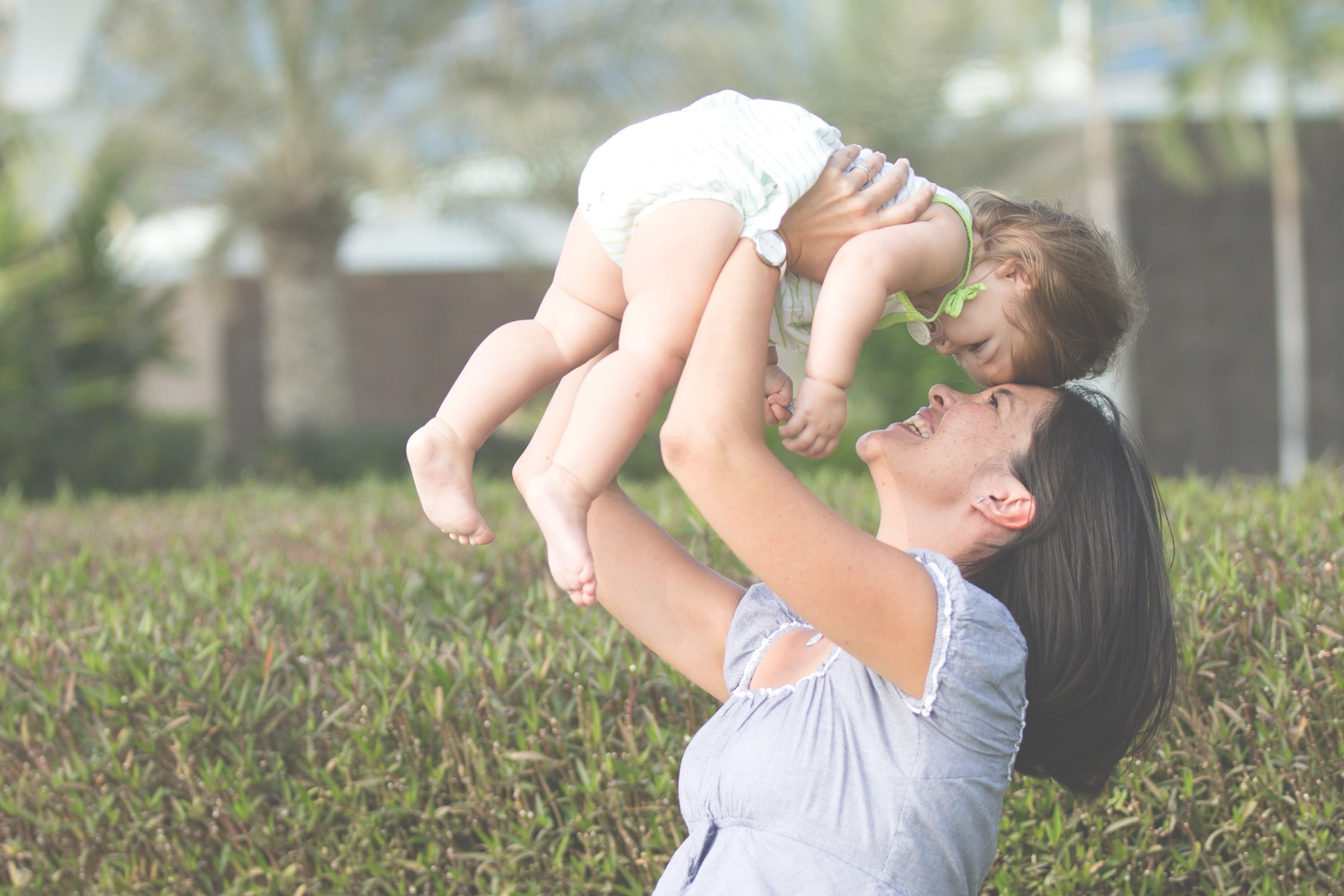
Summary
Delivery of the intervention: Individual-/family-based
Aim of the intervention: The intervention aims to increase awareness of the child-parent interaction and strengthen the mentalization ability of the parent. The intervention targets the impact on the attachment relationship between the child and the parent and the emotional presence of the parent.
Description of the intervention: VIG is a video-reflexive intervention for child families. The framework for the intervention is provided by the theories of the intersubjectivity (Trevarthen 1979) and mediated learning experience (MLE) (Feuerstein & Feuerstein 1991), the concept of mentalization as well as research-based knowledge on video-reflexive methods. In the beginning of the intervention parents, together with a VIG instructor set goals, followed by a working period of 3-5 cycles. One cycle means a video recording of any given everyday situation such as going out, getting dressed etc. and a subsequent video-reflexive instructive discussion. During the discussion, the parent and the VIG instructor conduct a microanalysis based on the video, in order for the parent to view the interaction between him-/herself and the child from both child and adult perspectives. The child may participate in the discussion as is appropriate for his or her age. At the end of the intervention the instructor and the family evaluate whether the set goals were reached. The intervention is used as a method in work supervision of social and healthcare professionals and students.
Availability of the intervention in Finland: VIG –instructor training is targeted at education, social and healthcare professionals. The training is organized by the Foundation for the Rehabilitation of Children and Young People, which is a sub-organization of the Mannerheim League for Child Welfare. The Foundation provides training also for the trainers and work supervisors. Video Interaction Guidance was originally developed in Netherlands but in Finland, the Foundation for the Rehabilitation of Children and Young People of the Mannerheim League for Child Welfare has been responsible for its development. The Foundation co-operates with a British organization, the AVIG, regarding training, certification and method co-operation in order to ensure fidelity. The intervention is used in the fields of education and social and healthcare. There is no exact information for the regional availability of the intervention in Finland.
Research- and evidence-based efficacy of the intervention:
Two international RCT-studies on the use of VIG in families with premature babies have been conducted. In their RCT, Hoffenkamp et al. (2015) found an increase sensitivity and decrease in withdrawal among the participants in the intervention group (n=75) compared to the control group (n=75). In addition, sensitivity and co-operation between the parent and child was found to increase in the intervention group (n=31) compared to the control group (n=31) in another RCT (Barlow ym. 2016). There is modest evidence of effectiveness for the intervention in terms of stronger interaction between babies and parents in the VIG intervention group, as compared to control group who received treatment as usual. There is no peer reviewed study on VIG in Finland.
Literature:
- Barlow, J., Sembi, S. & Underdown A. (2016). Pilot RCT of the use of video interactive guidance with preterm babies. Journal of Reproductive and Infant Psychology, 34, 511–524.
- Feuerstein, R. & Feuerstein, S. (1991). Mediated learning experience: a theoretical review, teoksessa Feuerstein, R. Klein P. & Tannenbaum, A. (toim) Mediated learning experience (MLE): Theoretical, Psychosocial and Learning Implications, 3–51. London: Freund.
- Hoffenkamp, H. N., Tooten, A., Hall, R. A. S., Braeken, J., Eliëns, M. P. J., Vingerhoets, A. J. J. M. & van Bakel, H. J. A. (2015). Effectiveness of hospital-based video interaction guidance on parental interactive behavior, bonding, and stress after preterm birth: A randomized controlled trial. Journal of Consulting and Clinical Psychology, 83, 416–429.
- Trevarthen, C. (1979). Communication and cooperation in early infancy: A description of primary intersubjectivity. Teoksessa M.M. Bullowa (toim.): Before speech. Cambridge University Press, New York, 321–347.